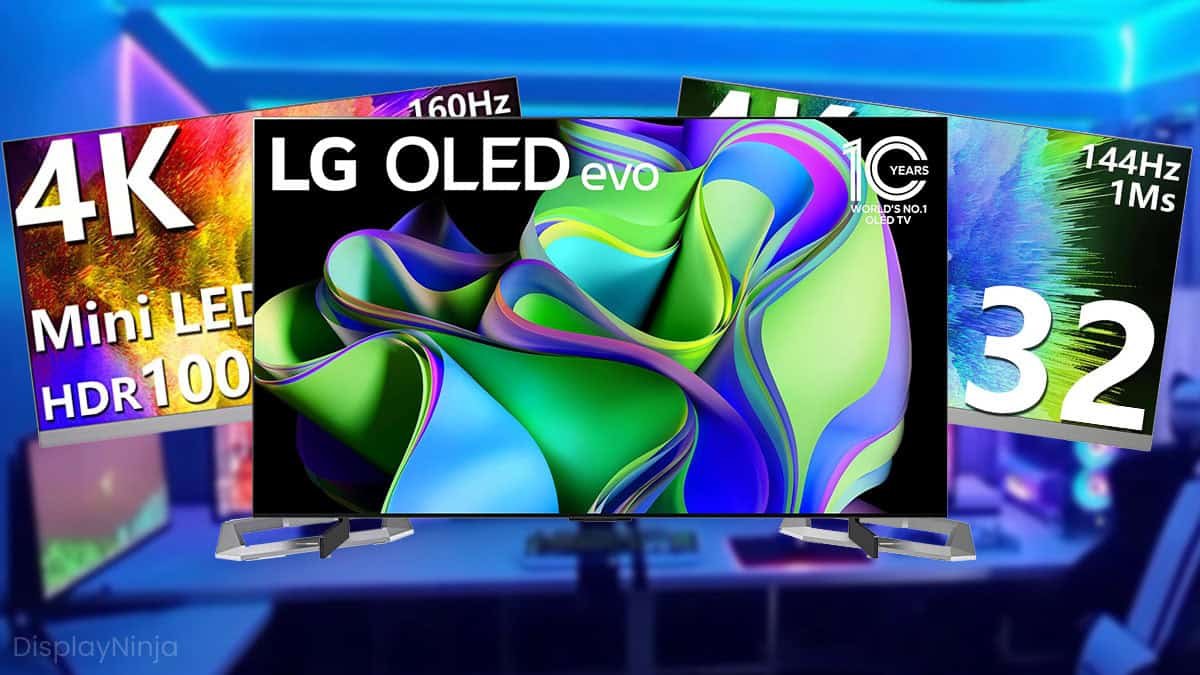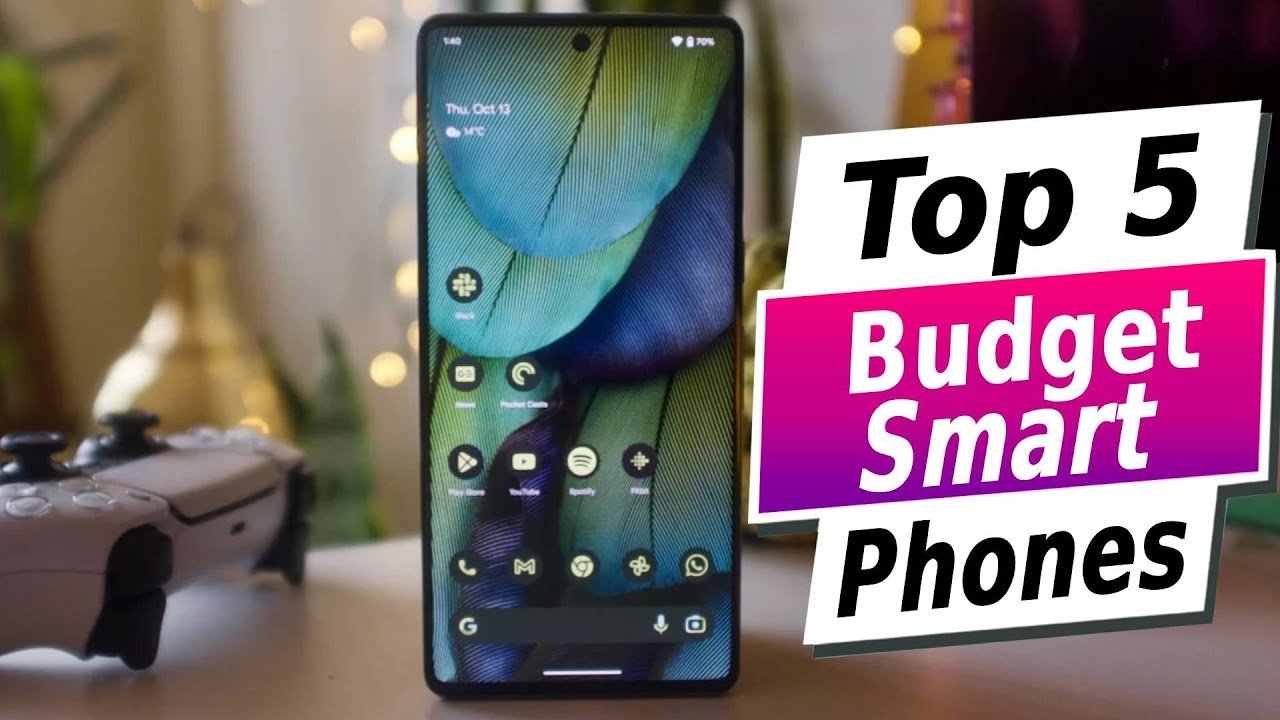If you’re looking for the best visual experience in 2024, investing in a 4K 144Hz monitor is a game-changer. Whether you’re an avid gamer, a creative professional, or simply someone who appreciates stunning visuals, these monitors offer unparalleled clarity, smoothness, and responsiveness. But with so many options available, how do you choose the best one? In this guide, we’ll dive deep into the top 4K 144Hz monitors of 2024, exploring what makes each one stand out and helping you find the perfect match for your needs.
What to Consider When Choosing a 4K 144Hz Monitor
Before we jump into the list of the best monitors, let’s talk about what makes a 4K 144Hz monitor worth your investment.
- Refresh Rate and Resolution Explained: A 144Hz refresh rate means the screen updates 144 times per second, providing smoother motion in fast-paced scenes compared to the standard 60Hz. Combined with a 4K resolution (3840 x 2160 pixels), this results in incredibly detailed and fluid visuals—perfect for both gaming and content creation.
- Importance of Response Time: Response time, measured in milliseconds (ms), indicates how quickly pixels can change colors. Lower response times reduce motion blur, making fast-paced gaming experiences more enjoyable. Ideally, you want a monitor with a response time of 1ms to 4ms for the best results.
- Panel Types (IPS vs. TN vs. VA): The panel type affects color accuracy, viewing angles, and response times. IPS panels offer the best color reproduction and viewing angles but tend to have slightly slower response times. TN panels are faster but have poorer color accuracy and angles, while VA panels strike a balance between the two with excellent contrast ratios.
- HDR Support and Brightness: High Dynamic Range (HDR) enhances the range of colors and brightness levels, creating more vivid and lifelike images. Monitors with higher brightness levels (measured in nits) and wider color gamuts (e.g., DCI-P3) will provide better HDR performance.
- Connectivity Options (HDMI 2.1, DisplayPort 1.4): For 4K at 144Hz, you’ll need HDMI 2.1 or DisplayPort 1.4 connections. HDMI 2.1 is particularly important for console gamers using the latest hardware like the PlayStation 5 or Xbox Series X.
- Adaptive Sync Technology (G-Sync vs. FreeSync): Adaptive Sync technologies like NVIDIA’s G-Sync and AMD’s FreeSync help reduce screen tearing and stuttering by synchronizing the monitor’s refresh rate with your GPU’s frame rate. Choosing a monitor compatible with your GPU’s technology ensures smoother gameplay.
- Design and Ergonomics: Consider the monitor’s design, including its stand adjustability (tilt, swivel, height), bezel size, and build quality. Ergonomics is especially important if you plan on using the monitor for extended periods.
- Price vs. Performance: Balancing your budget with the features you need is crucial. High-end monitors come with advanced features, but they may not always be necessary depending on your use case.
Top 4K 144Hz Monitors of 2024
Let’s dive into the top models that are setting the standard for 4K 144Hz monitors in 2024.
1. ASUS ROG Swift PG32UQX
- Overview and Key Features: The ASUS ROG Swift PG32UQX is a powerhouse, offering a 32-inch IPS display with Mini LED technology, delivering exceptional HDR performance with a peak brightness of 1400 nits. It’s also equipped with NVIDIA G-Sync Ultimate, ensuring smooth and tear-free gaming experiences.
- Performance Analysis: This monitor excels in color accuracy and brightness, making it perfect for both gaming and professional content creation. Its 144Hz refresh rate paired with a 4ms response time ensures fluid motion with minimal blur.
- Pros and Cons:
- Pros: Outstanding HDR performance, excellent color accuracy, premium build quality.
- Cons: Expensive, bulky design.
2. LG UltraGear 27GN950-B
- Overview and Key Features: The LG UltraGear 27GN950-B is a 27-inch monitor that packs a punch with its Nano IPS panel, delivering vibrant colors and excellent viewing angles. It supports both NVIDIA G-Sync and AMD FreeSync, making it versatile for gamers.
- Performance Analysis: With a 1ms response time, this monitor offers ultra-fast performance, ideal for competitive gaming. Its slim bezels and sleek design make it a great fit for multi-monitor setups.
- Pros and Cons:
- Pros: Fast response time, vibrant colors, sleek design.
- Cons: Limited HDR performance compared to competitors, smaller size.
3. Acer Predator X27
- Overview and Key Features: The Acer Predator X27 is a 27-inch IPS monitor featuring Quantum Dot technology and full-array local dimming, offering impressive HDR and color performance. It also comes with NVIDIA G-Sync, ensuring smooth gaming experiences.
- Performance Analysis: The Quantum Dot IPS panel delivers rich and accurate colors, while the 144Hz refresh rate and 4ms response time provide a seamless gaming experience. Its build quality and design are top-notch, with customizable RGB lighting.
- Pros and Cons:
- Pros: Excellent color accuracy, strong HDR performance, solid build quality.
- Cons: High price, requires significant GPU power for 4K 144Hz gaming.
4. Samsung Odyssey Neo G8
- Overview and Key Features: The Samsung Odyssey Neo G8 is a 32-inch curved monitor that boasts Mini LED technology and a stunning 1000R curvature, providing an immersive viewing experience. It supports both FreeSync Premium Pro and G-Sync, making it a top choice for gamers.
- Performance Analysis: With a peak brightness of 2000 nits, the Neo G8 offers some of the best HDR performance available. The 144Hz refresh rate and 1ms response time ensure fluid and responsive gameplay, while the deep curvature adds to the immersive experience.
- Pros and Cons:
- Pros: Exceptional HDR, immersive curved design, fast response time.
- Cons: Expensive, curvature might not appeal to everyone.
5. Gigabyte AORUS FV43U
- Overview and Key Features: The Gigabyte AORUS FV43U is a 43-inch monitor that blurs the line between TV and monitor, offering a VA panel with HDR1000 and a wide color gamut. It supports both G-Sync and FreeSync Premium Pro, making it ideal for large screen gaming.
- Performance Analysis: This monitor delivers excellent contrast ratios, thanks to its VA panel, and the large screen size enhances the immersive experience. The 144Hz refresh rate and 1ms response time ensure smooth gaming, although its size might be overkill for some setups.
- Pros and Cons:
- Pros: Large, immersive display, strong HDR performance, excellent contrast.
- Cons: May be too large for some users, VA panel has slower response times compared to IPS.
Comparison of the Top Picks
Choosing between these top monitors depends largely on your specific needs.
- Best Monitor for Gamers: The ASUS ROG Swift PG32UQX stands out for its top-tier gaming performance, especially with its Mini LED technology and G-Sync Ultimate.
- Best Monitor for Creatives and Professionals: The LG UltraGear 27GN950-B offers the best balance of color accuracy, speed, and size, making it ideal for creatives who also enjoy gaming.
- Best Overall Value: The Gigabyte AORUS FV43U provides a large, immersive experience with solid performance, making it the best value for those who want a versatile display that can also double as a TV.
Emerging Trends in 4K 144Hz Monitors for 2024
As technology advances, several trends are shaping the future of 4K 144Hz monitors:
- Mini LED and Micro LED Technology: These technologies offer improved brightness and contrast ratios, making HDR content look more realistic.
- Advanced HDR Standards: With evolving HDR standards like HDR10+ and Dolby Vision, monitors are becoming capable of displaying even more lifelike images.
- Improved Connectivity (HDMI 2.1 and Beyond): HDMI 2.1 is becoming the standard for high-resolution, high-refresh-rate gaming, with even newer standards on the horizon.
- AI-Driven Enhancements: AI is being used to optimize picture quality dynamically, adjusting settings in real-time based on the content being displayed.
How to Optimize Your 4K 144Hz Monitor Setup
To get the most out of your 4K 144Hz monitor, follow these tips:
- Calibration Tips for Best Picture Quality: Use calibration tools to adjust brightness, contrast, and color settings to your liking. Many monitors come with pre-calibrated modes, but fine-tuning can lead to even better results.
- Cable Management and Connectivity Setup: Ensure you’re using the right cables (preferably HDMI 2.1 or DisplayPort 1.4) to achieve 4K at 144Hz. Keep your cables organized to avoid clutter.
- Ergonomics and Positioning for Comfort: Position your monitor at eye level and at an appropriate distance to reduce strain. Consider using an adjustable stand for optimal ergonomics.
- Software Tweaks and Settings Adjustments: Use your GPU’s control panel to fine-tune settings such as refresh rate, resolution, and color profile. Ensure your drivers are up-to-date for the best performance.
Conclusion
2024 is shaping up to be a stellar year for 4K 144Hz monitors, with advancements in technology pushing the boundaries of what these displays can do. Whether you’re a hardcore gamer, a professional creative, or someone who simply enjoys high-quality visuals, there’s a monitor on this list for you. As always, consider your specific needs, budget, and space before making a decision, and you’ll be well on your way to an unparalleled viewing experience.
FAQs
- What is the difference between G-Sync and FreeSync?
G-Sync is NVIDIA’s adaptive sync technology, while FreeSync is AMD’s version. Both aim to reduce screen tearing and stuttering, but G-Sync requires specific hardware, making it generally more expensive. - Can my PC handle a 4K 144Hz monitor?
It depends on your GPU. High-end graphics cards like the NVIDIA RTX 3080 or AMD RX 6800 XT are recommended to fully utilize a 4K 144Hz monitor. - Is a 4K 144Hz monitor worth it for non-gamers?
Yes, especially for content creators and professionals who benefit from the high resolution and refresh rate for smooth editing and multitasking. - Do I need HDMI 2.1 for 4K 144Hz?
Yes, HDMI 2.1 is necessary to achieve 4K at 144Hz, especially for consoles like the PS5 and Xbox Series X. For PCs, DisplayPort 1.4 is also an option. - How do I choose between different panel types?
Choose an IPS panel for the best color accuracy and viewing angles, a TN panel for the fastest response times, and a VA panel for the best contrast ratios.





Leave a Reply